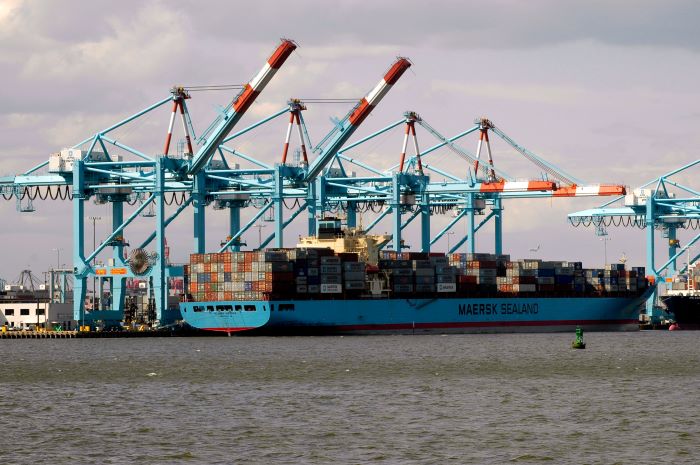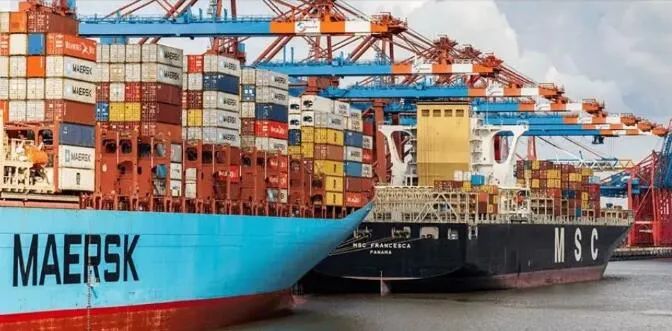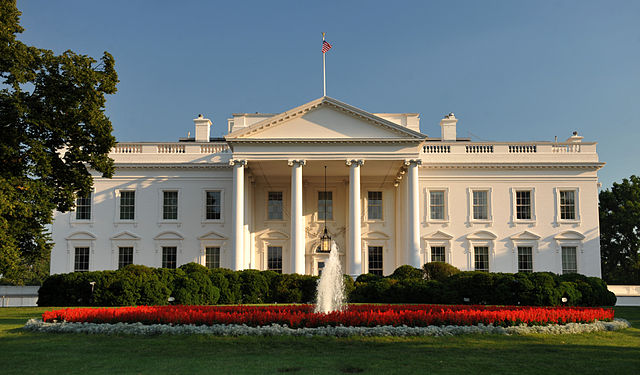Ocean Freight Market Update
Asia → North America (TPEB)
- Transpacific Eastbound (TPEB) demand continues on a declining trend:
- U.S.: Rates continue to fall for all gateways, nearing rate levels seen pre-pandemic. Although carrier reliability is up YoY and overall TPEB capacity is continuing to grow, port and rail congestion is still seen at the major US gateways to some extent, most notably at Houston for vessel dwell (12 days) and Los Angeles/Long Beach as rail dwell (14 days).
- Canada: Market and rate conditions are similar to the U.S. Vancouver saw an improvement in the vessel count but a deterioration in berthing delays (29 days).
- Rates: Remain soft on most origin-destination combinations.
- Space: Open.
- Capacity/Equipment: Open, except in a few pockets.
- Recommendation: Book at least 2 weeks prior to cargo ready date (CRD) and keep in mind upcoming blank sailings.
Asia → Europe (FEWB)
- No change in the sluggish demand throughout November with a similar outlook going into early December. Rates are still following a downward trend. Space is readily available but schedule reliability is affected. Port congestion in Europe continues to cause delays and late return of vessels to Asia.
- Rates: Ongoing pressure on spot rates due to low demand.
- Capacity/Equipment: Space is generally open despite the impact of blank sailings and vessel delays.
- Recommendation: Allow flexibility when planning your shipments due to anticipated congestion and delays.
Air Freight Market Update
Asia
- N. China: TPEB demand is picking up slightly due to an increase in month-end shipping orders and rates have increased compared to last week. Far East Westbound (FEWB) demand and rates remain stable.
- S. China: Market rates remain at similar levels to last week. The Covid outbreak in the Guangzhou area continues to affect manufacturing operations, resulting in cargo output delays.
- Taiwan: There is a slight peak before the Thanksgiving holiday, however, overall demand is low in the market.
- Korea: The market remains soft for the Thanksgiving holiday. Additional freighter capacity to Los Angeles (LAX) has been added to the market.
- SE Asia: The overall export markets in Southeast Asia continue to be soft.
Europe
- Overall demand levels out of Europe remain low for this time of the year.
- Capacity available in the market is sufficient to meet demand levels, with slightly higher lead days into some main hubs in North America.
- Terminal congestion in Amsterdam (AMS) and London Heathrow (LHR) might lead to delays.
- Watch out for the upcoming holiday season, which might create bottlenecks both in the air and on the ground.
Americas
- Export demand remains steady from all markets.
- US airports are running at a normal pace.
- Capacity is opening up further, especially into Europe.
- Rates remain stable week over week.
文章来源:Flexport





.png)














